
PASHUPATINATH – BIGGEST HINDU TEMPLE
Duration
11 Days
Maximum People
5
Minimum Age
18+
Pashupatinath temple( (पशुपतिनाथ मन्दिर) is the biggest and most visited temple of lord shiva in the world. It is the most consecrated place in Nepal which is situated to the eastern part of the city in Kathmandu Valley.
Meaning of ‘Pashupatinath’ is ‘Lord of animals’. The Lord Shiv himself is the God named Pashupatinath. One interesting story has been associated in describing how the God Shiv became Lord of animals.
Many years ago God Shiv was devastated by the death of his wife Sati. Shiva was bereaved by the tragedy that has fallen upon him. Being frustrated by the demise of his wife, he left Kailashkut and headed to the earth. He saw a beautiful jungle and hills. With the desire to console himself and lessen all those suffering and pain he changed into a deer.
The setting of Pashupatinath Temple has heightened by its location at the bank of Bagmati River. The water flowed beside the temple elaborate the beauty of the temple. The entrance of Pashupatinath temple is possible from West Gate or the South Gate.
You keep your shoes off if you want to enter inside the temple. The tradition of the temple is that only Hindu followers are allowed to enter from the main gate of Pashupatinath Temple. In spite of such regulation you can see the complex of the temple from outside and also can take the photos.
Inside the temple no camera is allowed. As a visitor you would enjoy seeing the people and their devotion for the God. Your step towards the northern part of the temple arena allows you to overview the temple and its surrounding buildings.
If you want more clear view of the temple, you can cross the bridge laid over the river between the Aryaghat (Cremation place) and Temple. Crossing the bridge you reach to the east part of the temple from where you can take the photo as well as experience the cremation culture and rituals of Hindu people.
On the other you would also see the greenery jungle further towards the east. When you walk upstairs for few minutes you will see buildings of temples located at the top of the hill. In addition to the numerous temples you would also see the monkeys all around.

Lord Shiva in Serenity
Lord Shiva started to live in the serenity of the jungle. However, the God’s abode or the place of deity was threatened by the demons. The group of Gods arrived to this jungle in search of Shiv. With their vision, they recognize the God Shiv disguising in the form of a deer. They grasped the deer and pulled him by the horn.
While pulling and pressuring the deer to move, the horn was broken. The broken horn remained in the jungle. Most surprisingly, a kamadhenu (cow which always gives milk) always poured the milk in the same place.
This act of the cow continued for a long time which made cow shepherd search about the reason. One day they followed the cow and saw that it was showering its milk on the soil.
The group of shepherd dug the place and happened to find a white horn underneath. Since then it was worshipped with reverence and creed that it was the horn of the deer which was the form of Lord Shiv.
The tradition of venerating the place with the name of Pashupatinath and the asking for the blessing of the God Shiv has been continuing to this date. This is the same place where a temple of Pashupatinath has been erected.
The time, when Pashupatinath Temple was first erected, has not been confirmed. However, the Lichhavi King Supushpa Deva has been regarded as the King who constructed the two-storey temple of Pashupatinath.
As far as history is concerned, the period of King Supushpa Deva dates back to 39 generation before the time of King Manadev, who lived since 464-505 AD. The history of Pashupatinath dates back to 400 BC.
Nevertheless, the exact date of existence has not been confirmed with evidence. More than anything else this has been considered as the holiest place of Nepal and the most privileged religious temple for Hindu people from all around the world.
The number of people exceeds more than 7, 00,000 on the day of the most celebrated festivals named Maha Shiv Ratri in this temple. Pilgrims and devotees especially from India and different parts of Nepal arrive here to celebrate the night of Lord Shiv.
The free access and use of marijuana on this date allures smoke enthusiasts and Sadhus who are covered with ashes on their half-naked to full naked body. They are supposed to be the fervent follower of God Shiv.
The smoke they do is regarded as the smoking habit of God Shiv. Indeed, the symbolism of smoking by God Shiv insinuates that God Shiv had the power to control the negativity as well as the positivity in the life.
Both negative and positive traits are inherited with every person. The better way is to decrease the bad habit by keeping inside and nulling down it and increasing the positivity.
Maha Shiva Ratri in Pashupati Nath
Indeed, this is not the popular place to visit except on the occasion of Maha Shiv Ratri. It’s advisable to ask the security persons before you go to visit that area. Moreover, two other festivals named Bala Chaturthi and Teej are highly celebrated in this holy precinct of Pashupatinath Temple.
On the occasion of these festivals especially Teej and Maha Shiv Ratri, women stay in line since 2 am in the morning and the turn comes late in the morning may be in the afternoon, if not in the evening.
The queue spreads about 3 kilometers away from the gate of the temple. They are not supposed to drink and eat anything till they worship the God Shiv. Interesting! You may get the chance to observe yourself if you come to visit on the very occasion of these festivals.
The Teej falls in August/ September and Maha Shiv Ratri falls on February/ March. On every Monday, the fasting women flock to worship the Pashupatinath.
You would see the shops of garland, worshipping things, Rudraksha, coconut, crystal etc. are located on the western part of the Gate. You also see small shops when you exit from the South Gate and follow the path going further down to the south.
When you return back from the eastern bank of the river, on your left you would see the old age home. Since 1979, Pashupatinath Temple has been inducted into the UNESCO World Heritage Site.
Even though mega earthquake in April, 2015 damaged many property of the temple, the main temple remained intact.
Ready-to-book adventures, personalized
Personal
Make your adventure more youMake your adventure more you - Self join
Group
Enjoy a tour with like minded people - Anyone can join
Private Group
Travel with your group - Only your circle join
Itinerary
Day 01: Arrival to Kathmandu
Kathmandu is the capital city of Nepal. Another thing about Kathmandu is that the city holds the only international airport in the country to date. So, the visitors that are arriving by plane need to firstly arrive in Kathmandu. Arrival at Kathmandu marks the first day of the Hindu pilgrimage tour in Nepal.
The first day is spent taking a rest from the hard journey. The travelers need to be in top condition as for the next few days they will be having a remarkably busy schedule. Straight from the airport, the visitors will be taken to the hotel. Then after some time, they will be given the briefing of the 11 days Hindu pilgrimage tour in Nepal.
After taking the rest if possible then they will be taken to nearby some sites to visit.
Day 02 and 3 Day : Kathmandu Visit
Kathmandu is not only the economic focal point of the country being the capital of the country it is also the cultural focal point of the country. The Kathmandu valley alone holds many of the main temples of Hinduism. For the detailed study of the Hindu mythology temples, ancient gods, and goddesses of here even months will not be enough. There are hundreds of temples because there is a compulsory presence of one or more temples in every locality of Kathmandu valley either present from ancient times or created by the locals living in the area now.
The first and the most important destination of the Hindu pilgrimage tour in Nepal will be visited on the second day. The visitors will wake up early in the morning to Pashupati Nath temple. Pashupati Nath temple is considered the biggest temple of the Hindu religion.
It is said the god residing inside the temple arisen from the ground there. From then the temple was built in that place and devotee from many generations has worshipped there. The temple covers the large vicinity of the area and contains many small temples aside from the main temple of lord shiva. Near Pashupati, one can find the temples of many gods such as Vishnu, Ganesh, Krishna, and lord shiva also.
After the Pashupati visit, there is much ground to cover as there are many sites and only a little time to cover them all. Patan Krishna mandir, Bhaktapur 5 storied temple, Hanuman dhoka site, The four Naran’s of Kathmandu valley ( Bisankhu, Changu, Ichangu, Sesha), Dakshin Kali temple, Taleju Bhawani temple, Jagaddnath temple of Kathmandu Durbar square, Shambhunath stupa, Budanilkantha, Tredivi temple.
These are some of the major temples of the Kathmandu valley. They are all scattered in distinct parts of the Kathmandu valley. Kathmandu valley is comprised of three districts, Kathmandu, Lalitpur, and Bhaktapur. Some of the temples are remarkably close to each other while some are remarkably close.
Swoyambunath is not only important to Hindu pilgrimage tours in Nepal but also for the Buddhists as it is someplace where the Buddhists and Hindus worship in the same temple.
Day 2 and day 3 of the Hindu pilgrimage tour in Nepal will be completed around the Kathmandu valley.
Day 04: Survabinayak temple Visit
Day 4 of the Hindu pilgrimage tour in Nepal begins at Kathmandu valley. The visitors wake up early in the morning as today lots of ground must be covered. Today they have to go to the Karve district and again return to Kathmandu and again to the west of Kathmandu through Prithvi highway so the day will be busy.
The visitors wake early in the morning then go to Survabinayak temple in the eastern part of the Bhaktapur district. Survabinayak is a popular temple of Lord Ganesh in Nepal. Then from the temple, we go towards Doleshor Mahadev. Doleshor Mahadev is another important temple near Surya Vinayak temple.
The Doleshor temple is considered as the head of Kedarnath which is situated in the Uttarakhand of India. Then we will exit Bhaktapur district and go to Karve district. Along the road to Kavre palanchok district, we will see a big statue of Lord Siva from far away at the border of Bhaktapur and Kavre palanchok. It is the 5th tallest Hindu deity statue in the world that stands at the gigantic height of 143 feet. After a brief stop there we will move along the way to reach Banepa.
Banepa city is in the Kavre district of Nepal. We are here to visit Chandeshori temple. Chandeshori temple is one of the major Shakti piths in Nepal. Here a form of goddess Durga is worshipped. Here during the Vijaya Dashami vast number of worshippers arrive to get blessed.
Now we again return to Kathmandu and eat lunch. After returning to Kathmandu our Hindu pilgrimage tour in Nepal takes a new turn. From here we explore the west side of Nepal. We move along the Prithvi Highway to get to Mana Kamana temple. It is 140Km away from Kathmandu. After 3 to 4 hours of driving from Kathmandu, we will reach there. From the entry to the temple, we will take the cable car and go to the village where the temple is located. The night of the 4th day of the Hindu pilgrimage tour in Nepal is spent there.
Day 05: Mana Kamana Temple Visit
Day 5 of the Hindu pilgrimage tour in Nepal begins at Mana Kamana temple. The early morning is spent at Mana Kamana temple. The temple is dedicated to the goddess Bhagwati which is the goddess of strength in Hindu mythology. The temple is located at the top of a hill from which very magnificent views of the surrounding can be seen. The temple and the surrounding settlement can be visited for some time. Then at 10- 11 am we leave Mana Kamana and travel further west. Our destination on day 5 of the Hindu pilgrimage tour in Nepal is Pokhara city.
Pokhara city is 105 km away from Mana Kamana. With 4 to 5 hours’ time estimation, we will ride a vehicle from Kurin tar. The visitors will reach Pokhara and rest there for the remaining day. In the evening they can visit the lakeside and enjoy the view. The night of the 5th day of the Hindu pilgrimage tour in Nepal is spent at mesmerizing Pokhara city.
Day 06 and 07 Day: Visit Pokhara and Important Temple Around It
Pokhara tour is an important destination for Hindu pilgrimage tours in Nepal. Pokhara is one of the most beautiful cities in Nepal. It is a modern city that is gifted with immense natural beauty as well as holy sites. Most of the tourists that visit Nepal either for tourism or for visiting holy sites compulsorily visit Pokhara. Pokhara is also the gateway city to the Himalayan region of the west where the trekkers and mountaineers chill and rest before going and after returning from the mountains.
Pokhara is immensely blessed by natural beauty. From Pokhara, one can see the mesmerizing view of the Annapurna and Macchapuchre mountain ranges. Pokhara is the city that must be visited if one is to visit Nepal. From the early morning of day 6, the days will be busy as there are lots of places to visit. Pokhara has many temples and is situated in unique laces some are inside of the lake and some deep inside the caves.
The most famous temple of Pokhara is the Tal Varahi temple. The temple is dedicated to the Devi Durga and is inside the Phewa lake. One needs to take the boats at rent from the edge of the lake. The temple must be visited at early hours or mid-day past that the wind can make the ride extremely dangerous. Then another famous and most holy temple there is the Gupte Shor Mahadev. Gupte Shor Mahadev is located deep inside the cave that is in the city of Pokhara. It is amazing to see such a deep and mysterious cave is just located under the city.
The giant shiva Linga is inside the cave which is worshipped. Byndabasini temple, Akaladevi temple, Kedareshor Mahadev temple, Bhimsen Temple, Bhadrakali Temple, Radha Krishna Shanti Ashram, are some of the major temples around the city of Pokhara. Day 6 and day 7 of the Hindu pilgrimage tour in Nepal is spent visiting these temples. While visiting these sites one can also enjoy the other aspect of Pokhara like its natural beauty, climate, lifestyle, culture, and its peoples.
The night of day 7 of the Hindu pilgrimage tour in Nepal is also spent at Pokhara.
Day 08 and 09 : Mukti Nath
Mukti Nath is another special destination on a Hindu pilgrimage tour in Nepal. It is special because Buddhists and Hindus pray in the same temple. At the same time is the worshiping site of both religions. Inside the temple is the big golden statue of Lord Vishnu. There are 108 holy taps in the temple. It is also believed that one washes away their sins if one bathes there.
The night of the 8th day of the Hindu pilgrimage tour in Nepal is spent either at Kagbeni or at Jomsom.
Day 10: Jomsom to Janakpur
On day 10th day of our Hindu pilgrimage tour in Nepal, we go to Janakpur from Jomsom. There is no direct flight route from Jomsom to Janakpur. The plane stops at Kathmandu and after some time again flies to Janakpur. The time duration of the stop varies according to the airline. Some take more than one and a half hours while some take more than two hours.
Janakpur is a prominent place to be visited during a Hindu pilgrimage tour in Nepal. Janakpur is said to be the ancient kingdom of King Janak who was the father of mother Sita. It is also the place where on the Soyam bar of mother Sita, she was married to Lord Ram. Janaki Mandir is the most famous temple of Janakpur. The temple is huge, mostly white, and extremely beautiful. The walls of the temple are filled with the special drawing techniques of the Mithila arts.
There are many temples beside Janaki temple in this area. Shree Ram Mandir, Agree Rajshri Temple, Rajdevi mandir kapileshor, Shree Kapileshornath mandir, Dudhmati Mahadev mandir, Baba bhootnath mandir, Shree Ram Janaki Biwaha Mandap are some of the major temples of the area. The temples are incredibly unique in design and reflect the Mithila are in every aspect.
Day 1o of the Hindu pilgrimage tour in Nepal is spent at Janakpur.
Day 11: Return to Kathmandu
Day 11 is the last day of our Hindu pilgrimage tour in Nepal. In the early morning, we visit the remaining temples of Janakpur. Then later in the day by completing the visit we will return to Kathmandu. Within 25 minutes of the flight, the visitors will return to Kathmandu.
The return to Kathmandu officially marks the end of our Hindu pilgrimage tour in Nepal. The travelers can rest for a day or return through Tribhuvan International airport if they desired to.
Tour Map
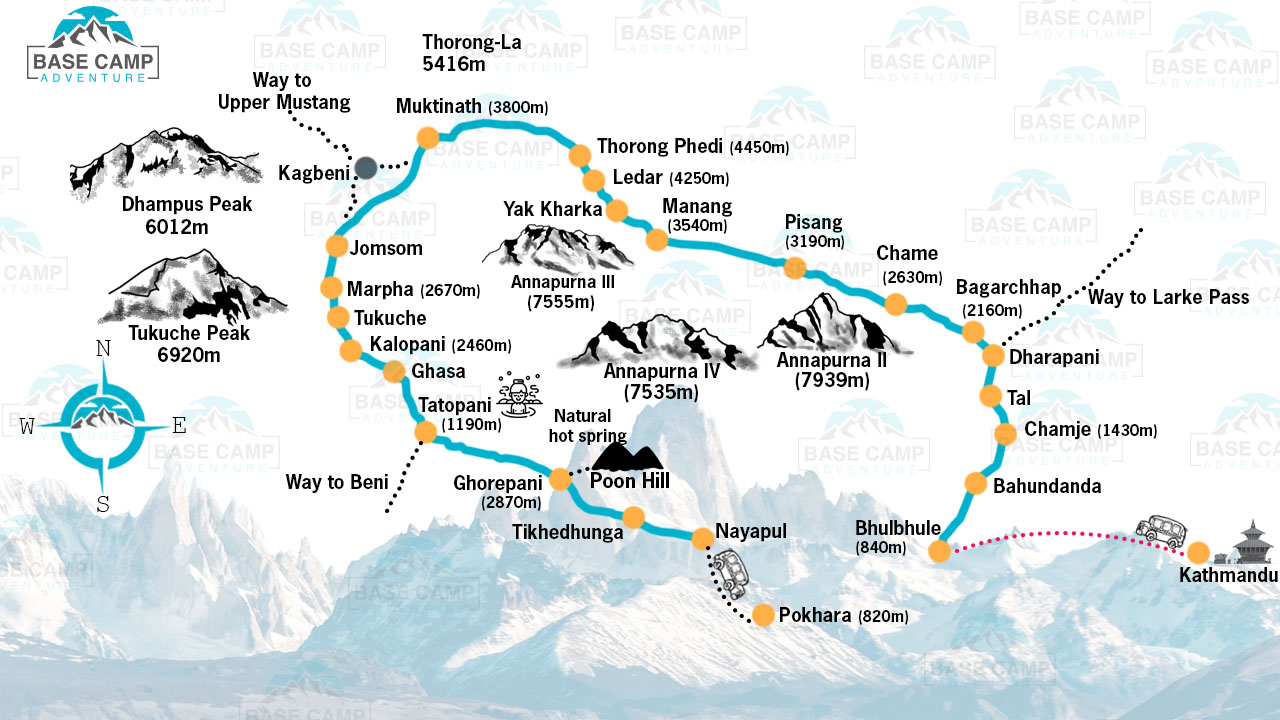
What’s Included
- We provide you the bed and breakfast. Accommodation will be shared by two people. However, you can book for the single room with extra charge.
- The overland transport will be held on tourist coach as per the itinerary and size of the group.
- The applicable fee for the Trekking, National Park and Conservation center will be covered.
- We offer you a welcome group dinner
- The wages, meals, and transportation of our trekking staff (guide) will be arranged.
- We also have included a comprehensive medical kit and service of guide.
What’s Excluded
- Pick-up/Drop from/to the airport.
- The visa fee you would have to pay for travel, medical insurance and airport tax.
- The meals of your personal interest will not be offered in our expense.
- We would also not provide personal sleeping bags and bags.
- The charge applied in case of emergency evacuation by any means of transport would not be included.
- The charge for accommodation in Kathamndu in you early arrival before the trip will not be included and also the late departure. Moreover, the early departure from trek will also not included in our expense.
- We also don’t include the cost of international flights.
- The trip doesn’t offer the travel and rescue insurance.
- We also don’t include the phone calls, laundry, bar bills, battery recharge, extra poter etc.
- We also don’t offer tips for guides and porters, you can give them yourself if you like to give.
Pilgrimage Tour Start Dates
Book Now
Pashupatinath-Biggest Hindu Temple
Trip Cost
$000/
per person
4.6 Star Out of 5
“Best Trek of my life; out of the world experience.”
Make An Inquiry
Fill the form for more details
Related Tour Packages
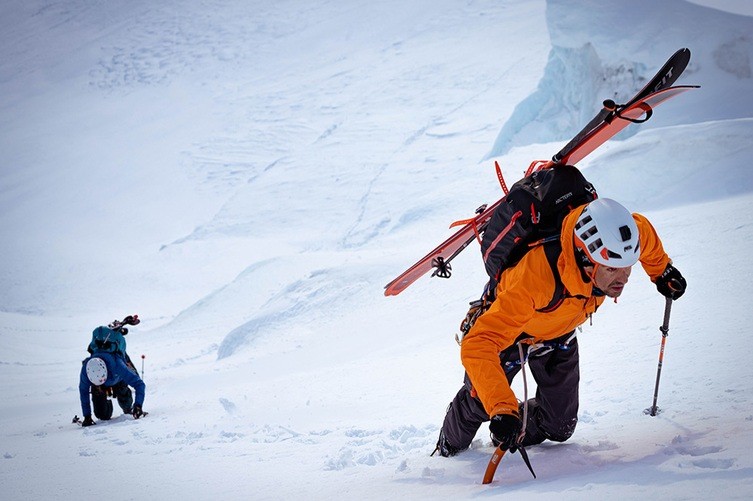
AVALANCHE SAFETY DURING TREKKING
Most Important Things To Know About Avalanche Safety Trekking is the best activity for outdoor fanatics to explore what lies in the wilderness. This activity mostly resides in the high hills where the roads dwindle to nothingness. The roads leading there traverses...
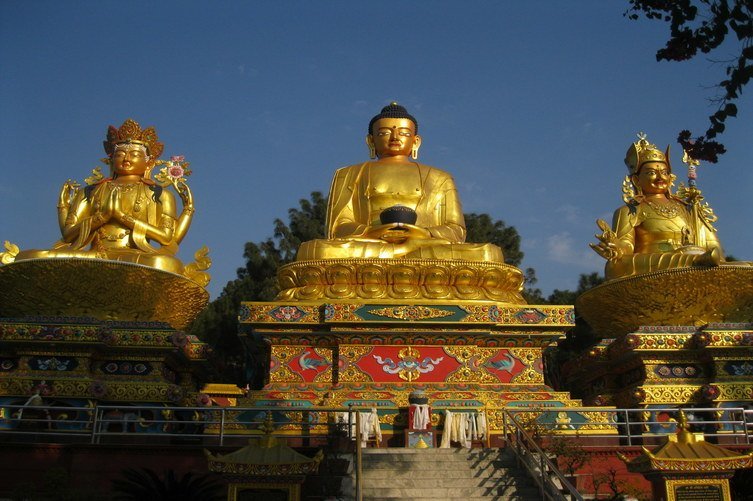
TOP MOST VISITED SPIRITUAL PLACES IN NEPAL
Overview – Spiritual Places of Nepal Despite being a secular country, Nepal is dominantly Hindu majority country with visible Buddhist population. Nepal is filled with numerous sacred temples, mountains, and many other places, which are worth exploring. Nepal is also...
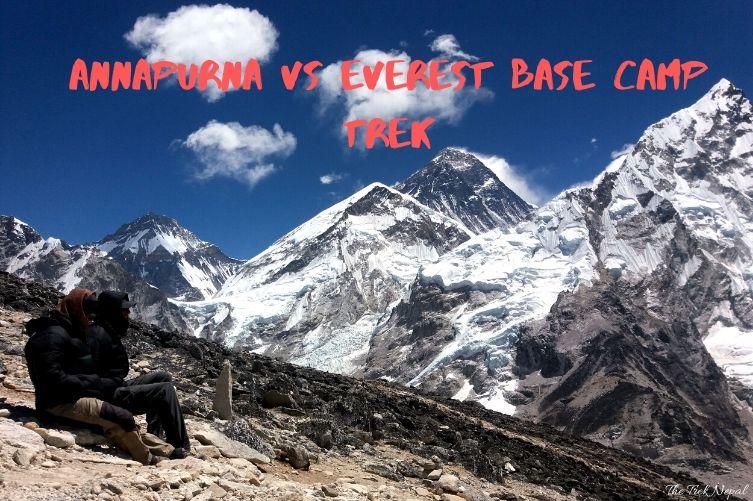
ANNAPURNA VS EVEREST BASE CAMP TREK
Your content goes here. Edit or remove this text inline or in the module Content settings. You can also style every aspect of this content in the module Design settings and even apply custom CSS to this text in the module Advanced settings.
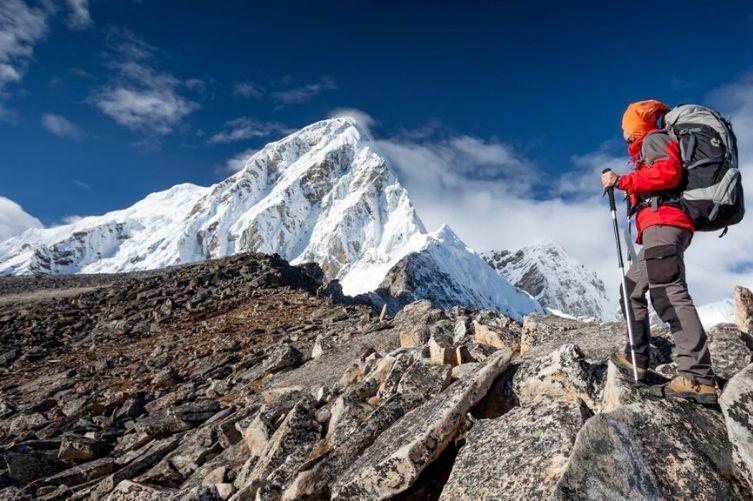
SPIRITUAL TREKKING IN NEPAL
Nepal is not only rich in cultural heritage but has much more to offer with the astonishing warm hospitality and kind people with the spiritual and religiously important places of Hindu and Buddhism. In this Himalayan country every year many foreigners come for their...
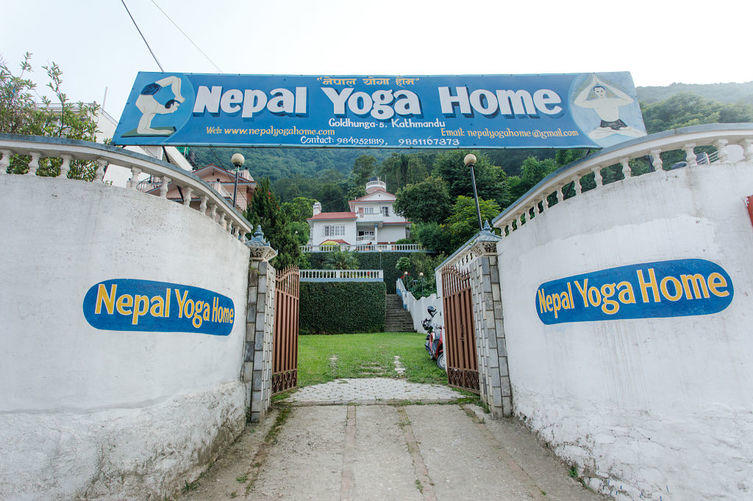
BEST PLACE FOR YOGA IN NEPAL
Introduction To Yoga Back in those days, people used to refer ‘yoga’ to be a spiritual process and unknowingly used to judge others for transforming themselves into a yogi or following the path that would nevertheless have any positive influence. Things have...
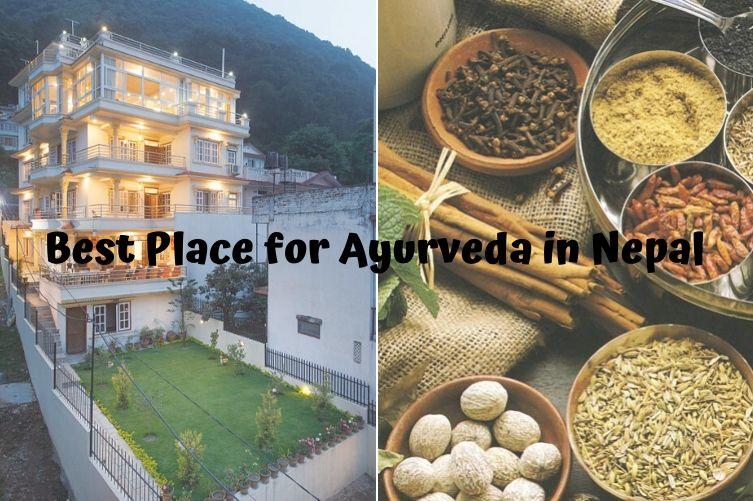
BEST PLACE FOR AYURVEDA IN NEPAL
Historically, Ayurveda is regarded as the holistic and ancient science of nature. It has been almost 5,000 years since Ayurveda is present to make our life emotionally and physically healthy and hearty. The science of Ayurveda is based on the fact that what we eat, we...
